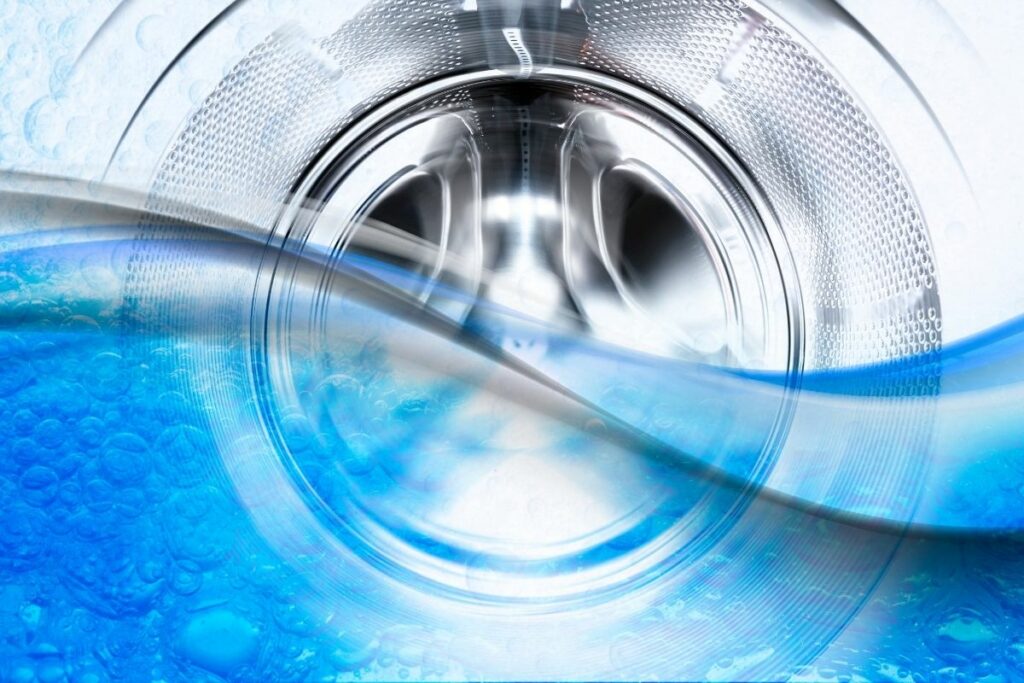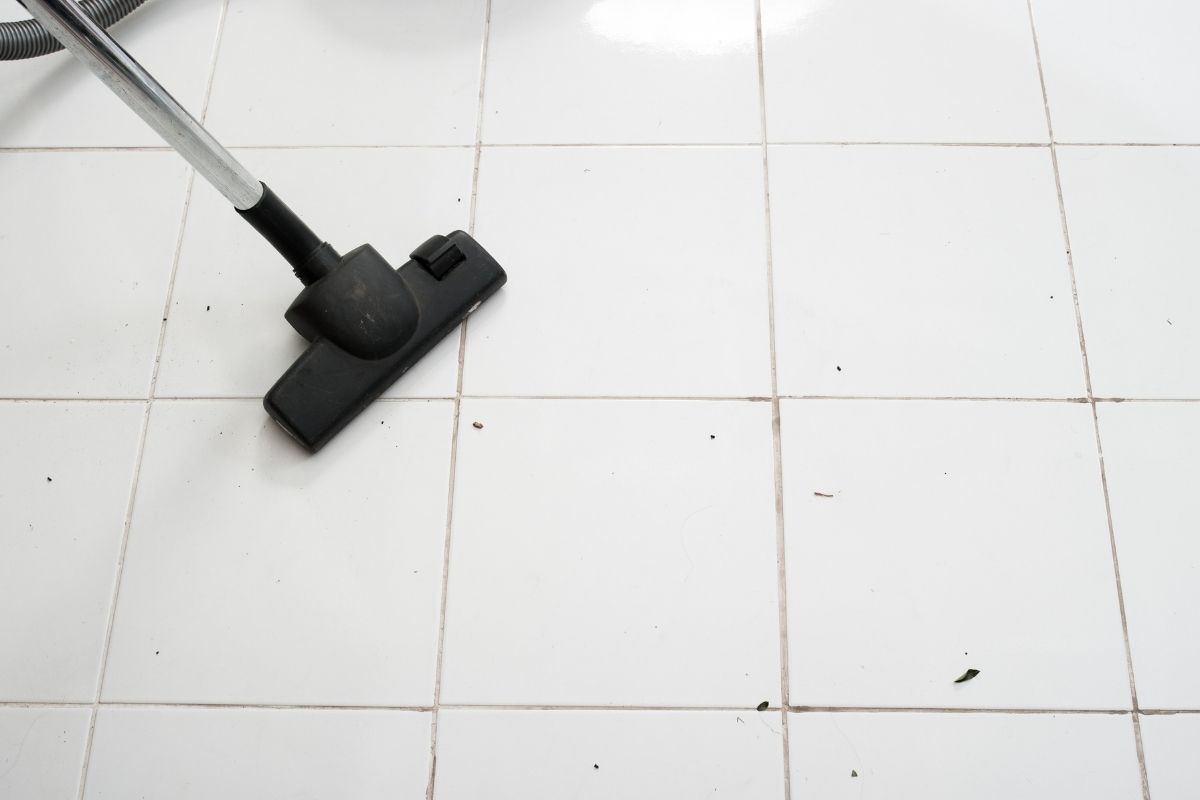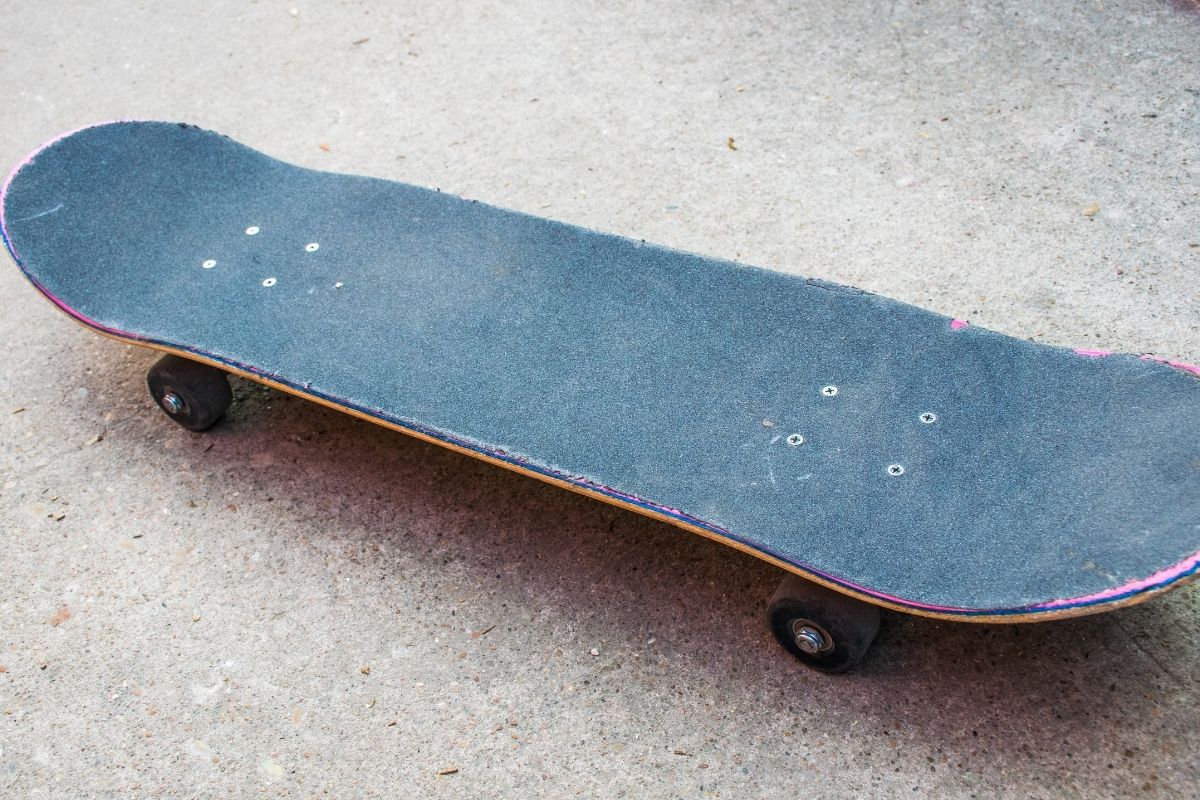Washing machines can be found in every household. We usually neglect and do not clean it, thinking that it is not necessary, because cleaning is its function. Cleaning the washing machine is extremely important because it affects its lifespan, as well as the quality of the laundry washing. So, how exactly do you clean a washing machine?
The washing machine is best cleaned with baking soda or vinegar. Using cleaning solutions mixed with either of those ingredients can prevent odors and the growth of fungi and bacteria.

Although it takes a little more time, cleaning your washing machine saves money you would otherwise spend on servicing, replacing parts, or even buying a new washing machine.
Why does your washing machine smell bad?
The cause of the odor can be various impurities and grease that settle inside it. The unpleasant odor is also favored by bacteria and fungi that occur if dirty or washed laundry is kept in the washing machine for too long before or after washing.
Washing machines are ideal for fungi and bacteria because the machine is dark and damp. Bacteria also love the remnants of detergent and fabric softener. Therefore, be careful when dosing detergents and follow the instructions, and do not use more than the recommended amounts.
Mold can feed on leftover detergent foam, especially if you tend to pour large amounts of laundry detergent.
Soap, oil, and all the dirt from your clothes can get trapped inside a washing machine. It can get stuck on filters and dispensers and without a regular cleaning routine, a perfect environment for mold and bacteria is created.
The poor draining system can also be the cause of odors. This means that all the dirty water is not properly drained, meaning that the dirty water is accumulating in the washing machine.
When the washing machine starts to smell bad, how do I clean it?
The washing machine must be cleaned at least once a month, as a fabric softener and other detergents create deposits on the washing machine drum and inside the detergent drawer. All this affects the quality of washing – the remnants are constantly foaming and the clothes are not washed enough. After a while, unpleasant odors start to spread from the washing machine, which is transmitted to the clothes.
Odors can appear if you wash your laundry frequently at low temperatures with a small amount of detergent. To remove unpleasant odors from the washing machine, put 4 dishwasher washing tablets in the drum, set the temperature to at least 60 degrees, and let it wash the whole cycle.
Another option is to pour hot water over the drum, add one-quarter of chlorine, and set the program to the longest wash and spin. This procedure should take care of all bacteria, mold, and other things that cause unpleasant odors.
Vinegar can also be used to wash the washing machine. Once a month, put two glasses of vinegar in the drum, turn on the washing machine, and start the wash cycle at the highest temperature.
Vinegar will clean the washing machine of all harmful substances, remove all unpleasant odors, and reduce the scale. Instead of vinegar, you can also use lemon juice concentrate or a cup of laundry bleach.
Essential oils have a wide range of antibacterial properties, depending on which one is used. Tea tree oil is a very effective remedy against fungi, while thieves oil (a combination of several different essential oils) helps against bacteria and viruses.
Can I prevent it in the future?
It is recommended to occasionally use alcoholic vinegar instead of fabric softener; clothes are to be soft, and vinegar is also environmentally friendly and gentle on the skin. Using too much laundry detergent or fabric softener can cause soap to build up. Use an appropriate amount and perform additional rinsing after washing if necessary.
Clean the door of the washing machine once a week with an antifungal product, such as vinegar mixed with tea tree essential oils. Leave the door of the machine open to prevent the formation of odors.
Wipe regularly and thoroughly clean once a month. Dry the washing machine thoroughly (especially in narrow corners). Add two cups of distilled vinegar to the detergent drawer and turn on the empty washing machine for one wash cycle, once a month.
After each wash, leave the door slightly open and, if possible, at the same time gently open the dispenser drawer so that the machine can dry between washes. Regularly apply a 95°C service wash using any cleaner to avoid unpleasant odors.
You also need to clean the washing machine filter regularly. The filter is usually located on the lower part of the washing machine under the door, and mechanical impurities from the washed laundry accumulate on it. After taking it out, remove visible pieces of dirt by hand, then rinse it with warm water, dry it, and put it back in the washing machine.
It is not recommended to leave wet laundry in the washing machine overnight – moisture is a real paradise for bacteria, and even the laundry will not smell nice.
Make sure you check the hoses of the washing machine. They are responsible for the flow of water inwards and outwards. Washing machines have three hoses – two are inlets and one is an outlet. The inlets should be properly connected to the machine, without leaks. The outlet needs special care because it drains dirty water. All the dirt particles can build up in the hose.
What is the best way to clean a washing machine?
Mold and rust can appear in the washing machine drum. If brown spots appear on your clothes, it may be a sign of rust, which occurs as a result of drum damage. In this case, it is advisable to look at the whole drum with a flashlight and find the place of damage. Some washing machines can change the drum, but if this is not possible, you have the option to repair the drum and cover the damaged part of the drum with a porcelain cover.
It is best to start cleaning with a drum – check the rubber because sand, hair, and other debris are deposited there. Remove all visible deposits. Mix 400 grams of baking soda with 2 deciliters of warm water. Pour 4 liters of water into the drum and add the solution. Set the program to the highest temperature, without prewash and repeat rinsing 2 times. The longer the program, the more efficient the cleaning will be.
Let the empty washing machine wash the whole cycle. The water in the washing machine will certainly foam due to the detergent residue on the walls of the drum. After washing, clean the filters, their task is to prevent various particles from entering the washing machine.
It is very important to pay special attention to the door seal of the washing machine because it is a common source of the unpleasant odor of a dirty washing machine. Carefully wash the seal using the vinegar solution to wipe and clean the dirt. Finish by drying those parts thoroughly with a paper towel.
If the detergent drawer can be removed, start by removing it and soaking it in a solution of warm water and any cleaning liquid. While the compartment is soaking, clean the part where the detergent is kept and dry it with a paper towel. Thoroughly clean the compartment to remove all hardened washing detergent and dirt, wipe all parts, dry, and put back in place.
The scale is also a common problem for washing machines. The main problem is the accumulation of scale on the heater. This happens to absolutely all machines and can shorten machine lifetime. The heater filled with scale consumes more electricity.
For a thorough cleaning and removing scale, use citric acid. Add citric acid and lemon zest to half a liter of plain tap water. Add this solution to your washing machine the next time you wash. Citric acid is also safe for the environment.
You can clean the outside of the washing machine using a glass cleaner, as it will not damage the finish.
Related posts
-
Best Vacuum For Tile Floors

A lot of people have wood flooring in their homes, but not many have tile floors. Tile is a popular choice for homeowners because it looks great and can be very easy to clean. When you get a vacuum designed for hardwood floors, it has the best cleaning performance on your wood surfaces. But what…
-
How to clean grip tape

One of the most important components on a skateboard is the grip tape. It provides traction between your feet and the board so that you can push or flip while riding. But over time, this piece of equipment tends to get dirty from the dirt and other substances such as dust. It can also get…
-
How to clean acrylic paintbrushes?

Cleaning your paintbrushes after each painting session is essential because it is the only way to ensure that you are not introducing various types of bacteria into subsequent mixes. Most artists find that their paint quality becomes mysteriously inconsistent over time, even when meticulous about choosing colors and mixing before painting. This problem is almost…



